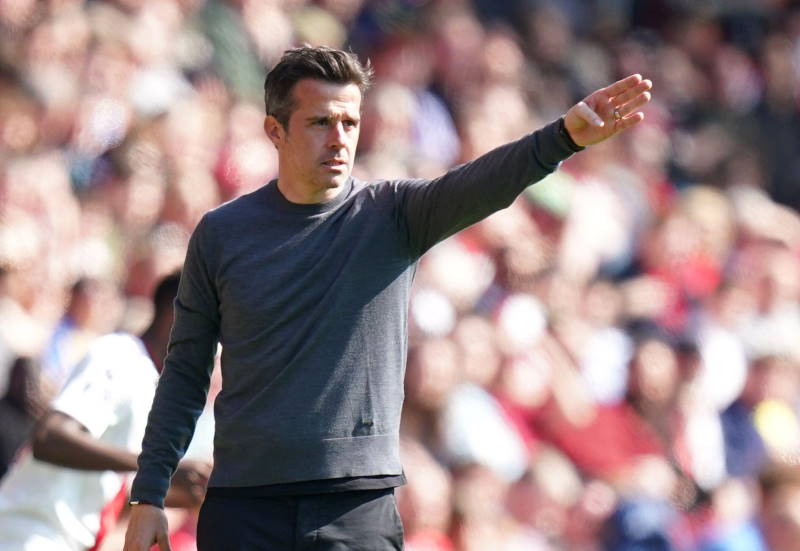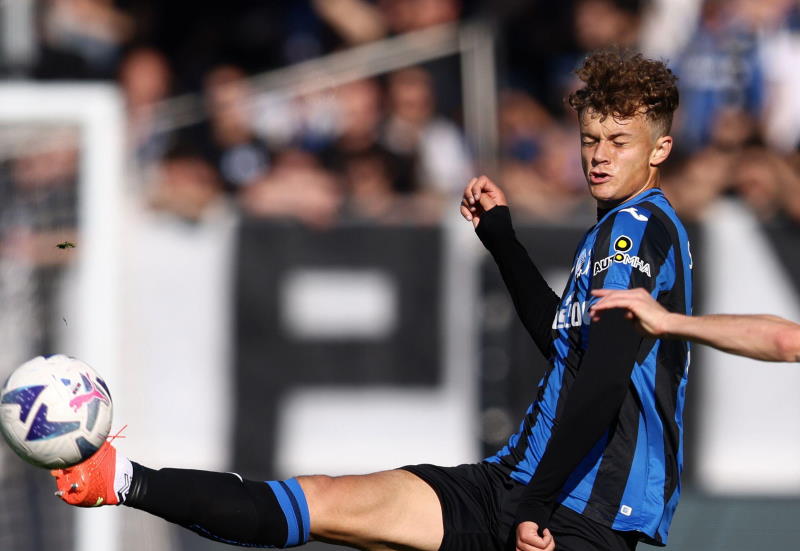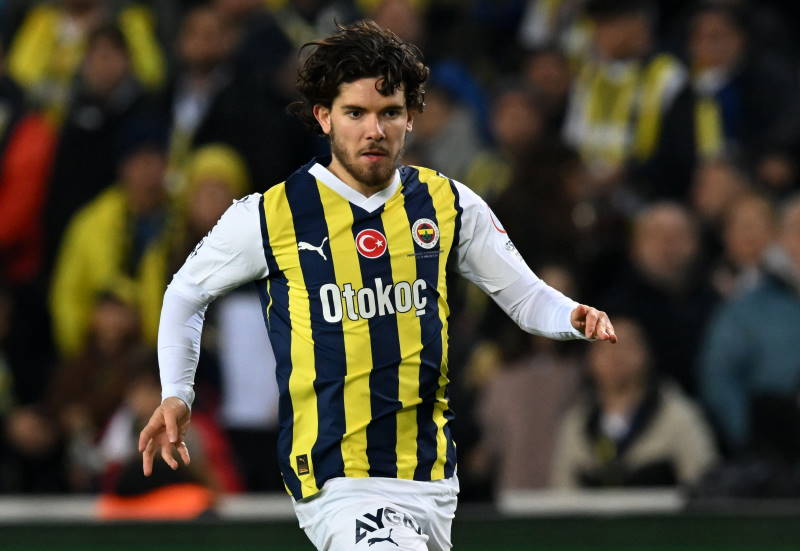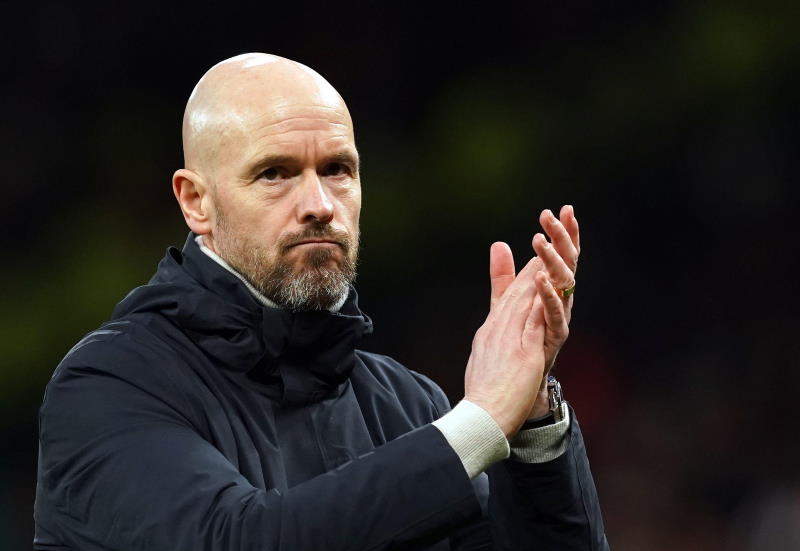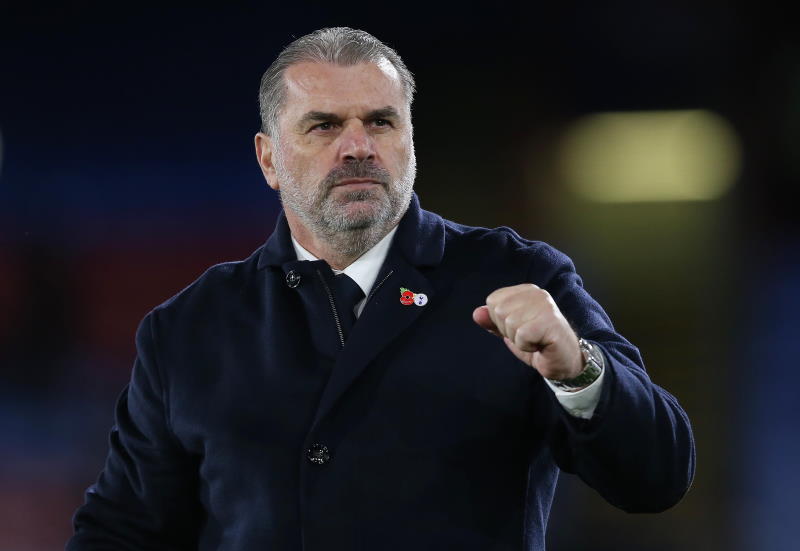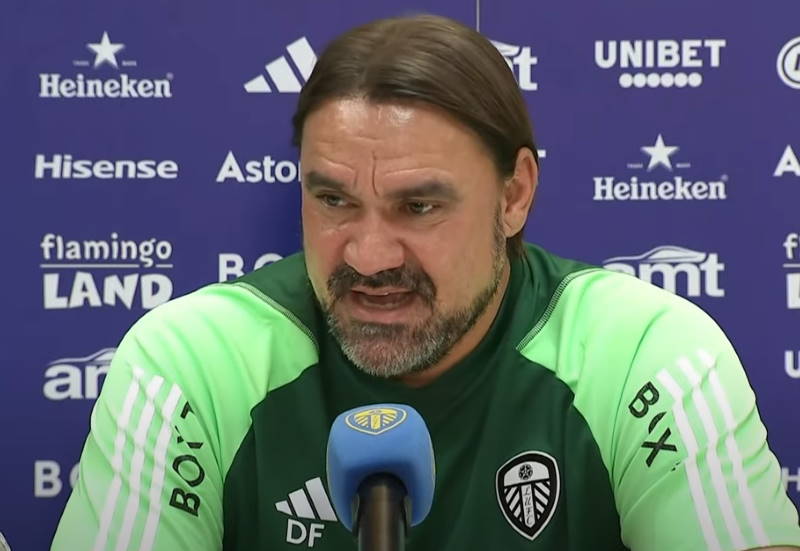
Uruguayan football is on a high at the moment. The senior national team won this year’s Copa America 12 months after reaching the World Cup semi-final, the country’s Under-20s qualified for the Olympics for the first time since 1928, and the Under-17s were World Cup runners-up. Players are making the transition from the youth categories into the full national squad and the future is looking incredibly rosy considering the limited talent pool in a nation with a population of just under 3.5M people.
Pattern in Place
National team coach Oscar Washington Tabarez can take a great deal of the credit for Uruguay’s success, both for the tactical astuteness and team building qualities that have led the senior team to such heights, and for the revolution of the country’s youth categories that followed his appointment in March 2006. But although the former is clearly a result of his own intelligence and experience, the latter – as Tabarez readily admits – saw him copy the work done previously in the Argentine youth set-up by Jose Pekerman.
Pekerman cottoned on to the fact that the globalisation of the game would see Argentina’s brightest prospects leave the country at an increasingly early age. It was therefore vital to ensure that the most technically gifted young players received an education in Argentine football through the youth national teams before they were whisked away to the money fields of Europe.
It is the focus on technically gifted players that was most important to Pekerman’s philosophy. While there is often a temptation to pick the more physically developed players for youth tournaments, Pekerman reasoned that these players would not necessarily be the ones most likely to progress to the senior national teams ranks, as when they entered the adult football world their physique would no longer provide the same advantage it did when solely facing their peers. As the main function of the youth categories is to produce footballers who can play for the senior national team rather than accumulate trophies, this was a refreshing approach.
Despite this, Pekerman’s sides were very successful, especially in the Under-20 World Cup, which they won on three occasions in his seven years in charge. He was promoted to the full national team job in 2004, successfully leading Argentina to qualification for the 2006 World Cup. His 23-man squad for the tournament included 16 who had graduated from his Under-20 sides.
Turning to Tabarez
Soon after failing to qualify for the 2006 World Cup Uruguay elected to appoint Tabarez as their new coach. El Maestro had previously taken charge of the national team from 1988 to 1990, overseeing their run to the second round of the 1990 World Cup. This time around he came into the role with a greater depth of experience and immediately impressed by leading Uruguay to the semi-finals of the 2007 Copa America. But it wasn’t just on the field that Tabarez’ shrewd judgement had an impact. Off it, he was laying the foundations for future success.
Uruguay arguably has an even greater problem with the early exodus of young talent than Argentina. The power base of Uruguayan football is very much concentrated in Montevideo – in fact no team from outside the city has ever lifted the league trophy – and quality is sparse outside of the big two of Nacional and Penarol. Players for these clubs often face the challenge of continental competitions such as the Copa Libertadores, but are otherwise rarely stimulated sufficiently by play in the domestic league. Players outside the big two have little chance to develop beyond a certain point in their home country. The most promising move to Europe, while the second rung go to Argentina, Chile or Mexico.
Uruguay was therefore primed for the Pekerman approach and that was exactly what Tabarez implemented. He appointed new coaches at all youth levels, brought in a psychologist and set to work on providing a crash course in Uruguayan football identity. “It is a comprehensive plan that includes study, play, competition and football education,” he has explained.
Tabarez is very hands on, benefiting from his previous experience as an elementary school teacher. He works both with the youth categories of the national team and with individual clubs, especially those in the interior of the country, where facilities are generally much poorer than those in Montevideo. The former Boca Juniors coach has often quoted figures stating that less than 1% of the 60,000 children who play football each year graduate to the professional game and believes that better facilities and better coaching in the interior would greatly help towards increasing that percentage.
Continuity and Future
All of Uruguay’s youth teams play a 4-3-3 formation, which is Tabarez’ preference, although he has shown himself to be flexible enough to change tact should the players available to him dictate as such – his switch to 4-4-2 once striker Edinson Cavani was ruled out through injury during the Copa America being ample illustration of this. By ensuring a particular style and formation are transmitted down through the various youth categories, Tabarez is able to easily identify players who can be fast-tracked into the senior team.
 The fruits of Tabarez’ labour can already be seen in the Copa America winning squad. Edinson Cavani, Luis Suarez and Martin Caceres all graduated from the 2007 Under-20 World Cup group, while Sebastian Coates, Nicolas Lodeiro and Abel Hernandez were all part of the 2009 vintage. Gaston Ramirez and Jonathan Urretavizcaya, both also in the 2009 squad, are likely to break into the senior set-up soon, while players such as Diego Polenta and Adrian Luna from the 2011 side look to have big futures.
The fruits of Tabarez’ labour can already be seen in the Copa America winning squad. Edinson Cavani, Luis Suarez and Martin Caceres all graduated from the 2007 Under-20 World Cup group, while Sebastian Coates, Nicolas Lodeiro and Abel Hernandez were all part of the 2009 vintage. Gaston Ramirez and Jonathan Urretavizcaya, both also in the 2009 squad, are likely to break into the senior set-up soon, while players such as Diego Polenta and Adrian Luna from the 2011 side look to have big futures.
The only worry for the Uruguayan Football Association must come in finding an eventual successor to Tabarez. Argentina’s youth categories have consistently under-performed, both at competitions and in providing players for the full national squad, since the departure of Pekerman in 2006 and his sidekick Hugo Tocalli in 2007. Tabarez is a well-loved figure of great integrity, verve and vision who has unified a previously fractious youth set-up and taken the senior national team to heights not seen since the first half of the last century.
At 64 years old Tabarez cannot go on forever, despite what his seemingly never ageing features may suggest. But until that fateful day of retirement comes Uruguay are in very safe hands.



